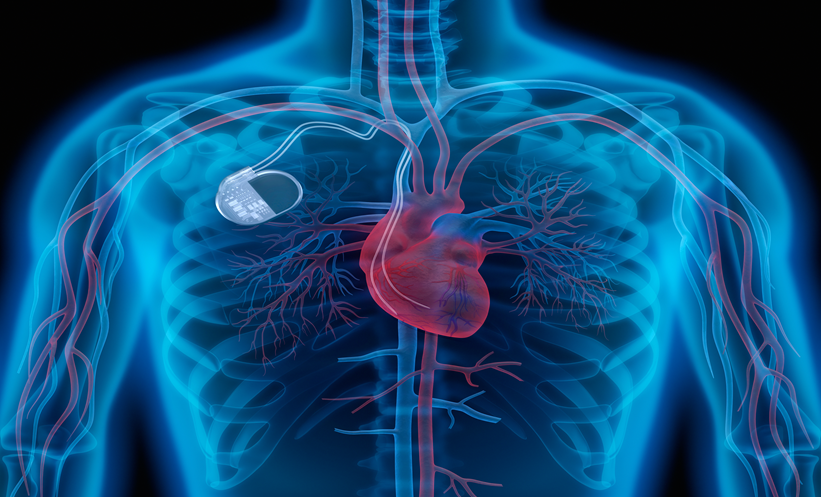Abstract
Arterial hypertension (HTN) is one of the major risk factors for cardiovascular disease, and also leads to hypertensive heart disease, hypertensive nephropathy, cerebrovascular disease as well as cardiac arrhythmias. Despite receiving antihypertensive drugs, patients often do not reach their individual guideline blood pressure (BP) levels. Interventional sympathetic renal artery denervation (RDN) has been demonstrated to successfully lower blood pressure in patients with systolic blood pressure values ≥160 mmHg while on three or more antihypertensive drugs. The SymplicityTM device (Medtronic, Palo Alto, CA, USA) was shown to be safe, with side effects rarely occuring. Recent data from registries show that this procedure is efficient in about 70% of patients. New upcoming devices aim to significantly reduce procedure time and post-procedural complications through new concepts and strategies for RDN, and may possibly improve its effectiveness. Currently, radiofrequency (RF) is the dominant modality for RDN, but devices using energy delivery via ultrasound (US) have been developed. Intravascular optical coherence tomography (IVOCT) is a novel invasive diagnostic modality, which is able to analyse endothelial integrity at a resolution of approximately 10 μm. Recent IVOCT findings after RDN find evidence for endothelial damage and thrombus formation introduced through RDN, yet the clinical significance is uncertain since similar images are obtained when analysing coronary arteries after stenting. Nevertheless, irrigated RDN devices could reduce the observed issues and deliver more energy to deeper tissue levels similar to that observed in ablation of atrial fibrillation. This article provides an overview of currently available data and devices; furthermore we present a case report on the OneShotTM Renal Denervation System (Covidien, Campbell, CA, USA) and preliminary findings of IVOCT examinations after RDN.
Please view the full content in the pdf above.








